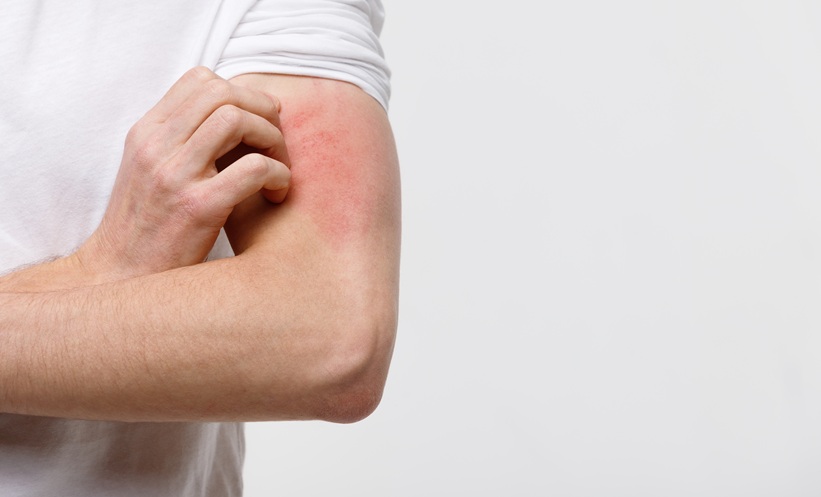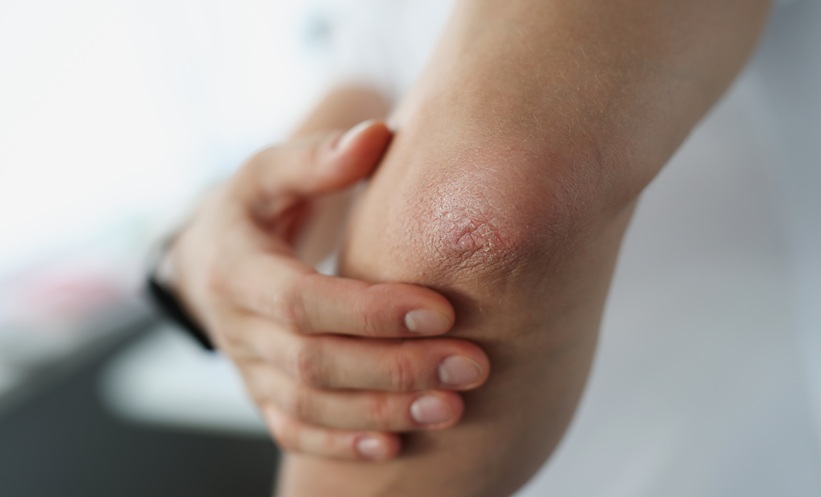Pseudoxanthoma elasticum (PXE) is an inherited multisystem disorder characterised by pathological calcification of elastic connective tissue. Females are more commonly affected than males.1 PXE is caused by mutations in the ABCC6 gene that encodes a transmembrane ATP binding efflux transporter. Skin lesions typically consist of small, asymptomatic, yellowish, or skin-coloured papules in flexural skin areas, that progressively coalesce into larger plaques due to cutaneous laxity.1,2 Asymptomatic skin manifestations usually occur between the first and second decades of the patient’s life.1 Mucosal lesions of the oral cavity and genital area resemble cutaneous changes. Ophthalmological features of PXE primarily include peau d’orange, comet lesions, angioid streaks, choroidal neovascularisation, chorioretinal atrophies, optic disk drusen, and disciform scars.1,2 Secondary degenerative and haemorrhagic changes in the macula can be found, frequently leading to severe reduction of visual acuity.3
PXE patients can also develop premature atherosclerosis with early, acute myocardial infarctions and gastrointestinal haemorrhage. Alterations in lipoprotein composition were found in plasma samples of PXE patients and bleeding diathesis was also identified.1,2 Clinical diagnosis, with characteristic histopathological examination, reveals fragmented and distorted elastic fibres in the reticular and deep dermis. These changes are more evident in elastic tissue-specific Verhoeff-van Gieson and Calleja stains.1,2 The absence of skin alterations does not, however, exclude a diagnosis of PXE.1 The manifestation of clinical and histological features of classic PXE may be similar to other disorders, such as vitamin K-dependent coagulation factor deficiency, inherited haemoglobinopathies, Paget’s disease, Marfan syndrome, cutis laxa, fibroelastolytic papulosis, PXE-like papillary dermal elastolysis, late-onset focal dermal elastosis, and perforating calcific elastosis.1,2,4
Therapeutic management is based on prevention and monitoring of complications associated with the disease.3 Surgery for aesthetic improvement of cutaneous lesions is not routinely performed. However, significant progress has been made in the therapy of ocular complications.1,5 A diet supplemented with magnesium and vitamin K may slow the progression of the disease.1,5








